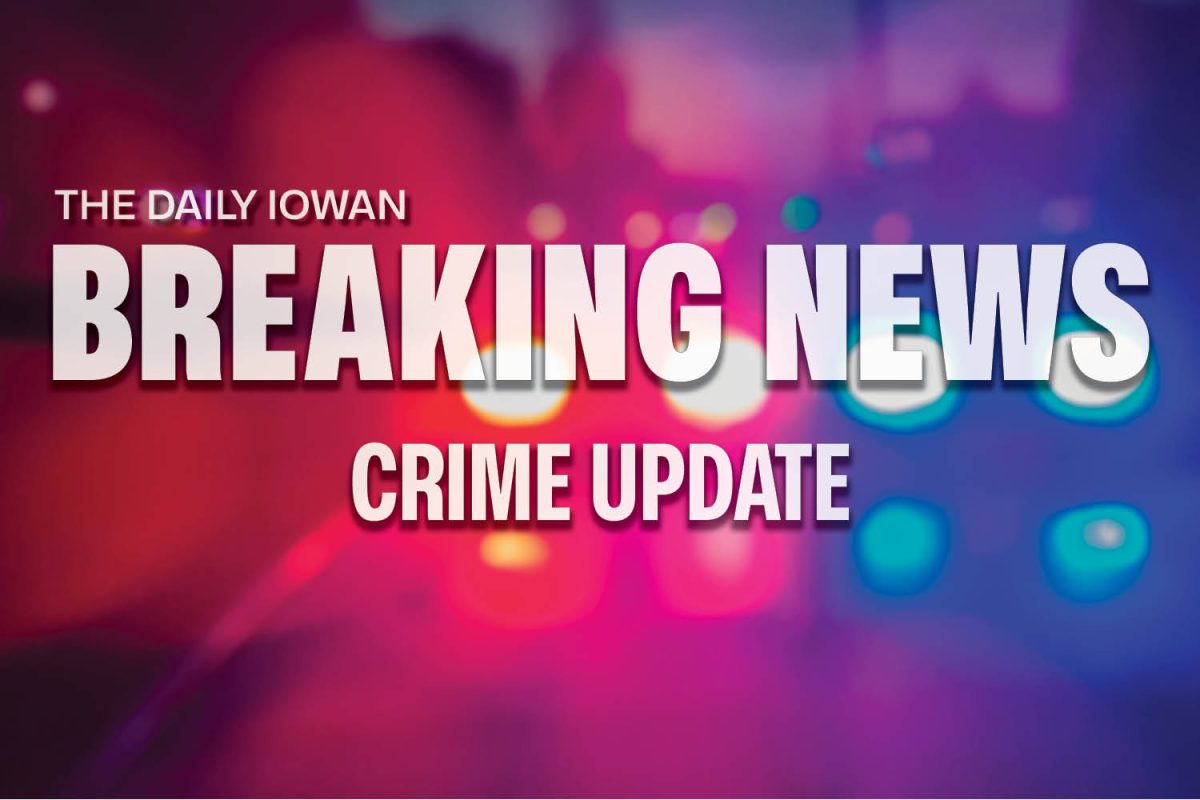Emergency responders have seen a decrease in the number of calls to downtown Iowa City since the 21-ordinance took hold more than a year ago. But officials also say they’ve seen more calls earlier in the evening and away from downtown bars, something 21-ordinance opponents say they predicted.
"We usually get the transports for assaults or alcohol abuse from inside the bar, but this year, locations have been diverse from the downtown area," said Fiona Johnson, field supervisor for the ambulance division. "I would say there has been a noticeable amount in the reductions from this area but underage drinking calls are still happening — just earlier in the evening."
On Wednesday, statistics released by the University of Iowa’s Dean of Students Office showed a 33 percent decrease in emergency-room transports over the last 12 months.
Matt Pfaltzgraf, a leader of the anti-21 campaign Yes to Entertaining Students Safely, said he believes the trips are occurring earlier in the evening in part because underage drinkers are arriving at the bars earlier. The current law denies patrons under the legal age to enter a bar after 10 p.m.
Pfaltzgraf also said he thinks the number of emergency-room trips have gone down because underage drinkers are not receiving the same care at house parties they would at a bar.
"Those 18-, 19-, and 20-year olds spend all their time avoiding police," he said, noting that young drinkers don’t want to bring law enforcement to a party. "The numbers don’t indicate that students are behaving more responsibly, it is just being unnoticed at house parties because no one wants an underage-drinking fine."
Pfaltzgraf said that when ambulance calls are received from downtown, they are usually made by sober Samaritans. But when surrounded by only underage drinkers, no one is willing to call for help.
Steve Spenler, the director of Ambulance Service, said that while the division does not track student ambulance trips, the level of responses to downtown has decreased in recent months.
"We are dealing with fewer alcohol related calls to downtown than previous years," he said. "I cannot say specifically that the 21-ordinance contributed, but I can only infer based on our level of responses to downtown."
UI officials noted the 33 percent decrease in emergency-room trips following a meeting of the Partnership for Alcohol Safety.
While neither Spenler nor UI officials were able to specify from where the calls took place, the Ambulance Service explained the calls from the downtown area occurred earlier in the night.
Kelly Bender, UI coordinator of Campus and Community Alcohol Harm Reduction Initiatives, said she recognizes the general consensus of student drinking habits moving earlier in the night, and the Alcohol Harm Reduction Committee wants to continue looking at strategies to prevent this.
"We are aware students have changed drinking habits, but we would like to put some things in place in terms of downtown businesses," she said. "This is a new plan, and we know things are going to shift so we have to adjust to what’s happening now."
The Alcohol Harm Reduction Committee is still encouraged by the numbers relating to emergency-room trips. She noted that the UI has a responsible alcohol protocol and will continue to inform students of the dangers related to drinking.
"We want to encourage students to look at our programs that address helping each other instead of just reducing the amount of people drinking," Bender said. "We want students to be looking out for each other and be the person to say, ‘Hey, why don’t you cut back?’ "






